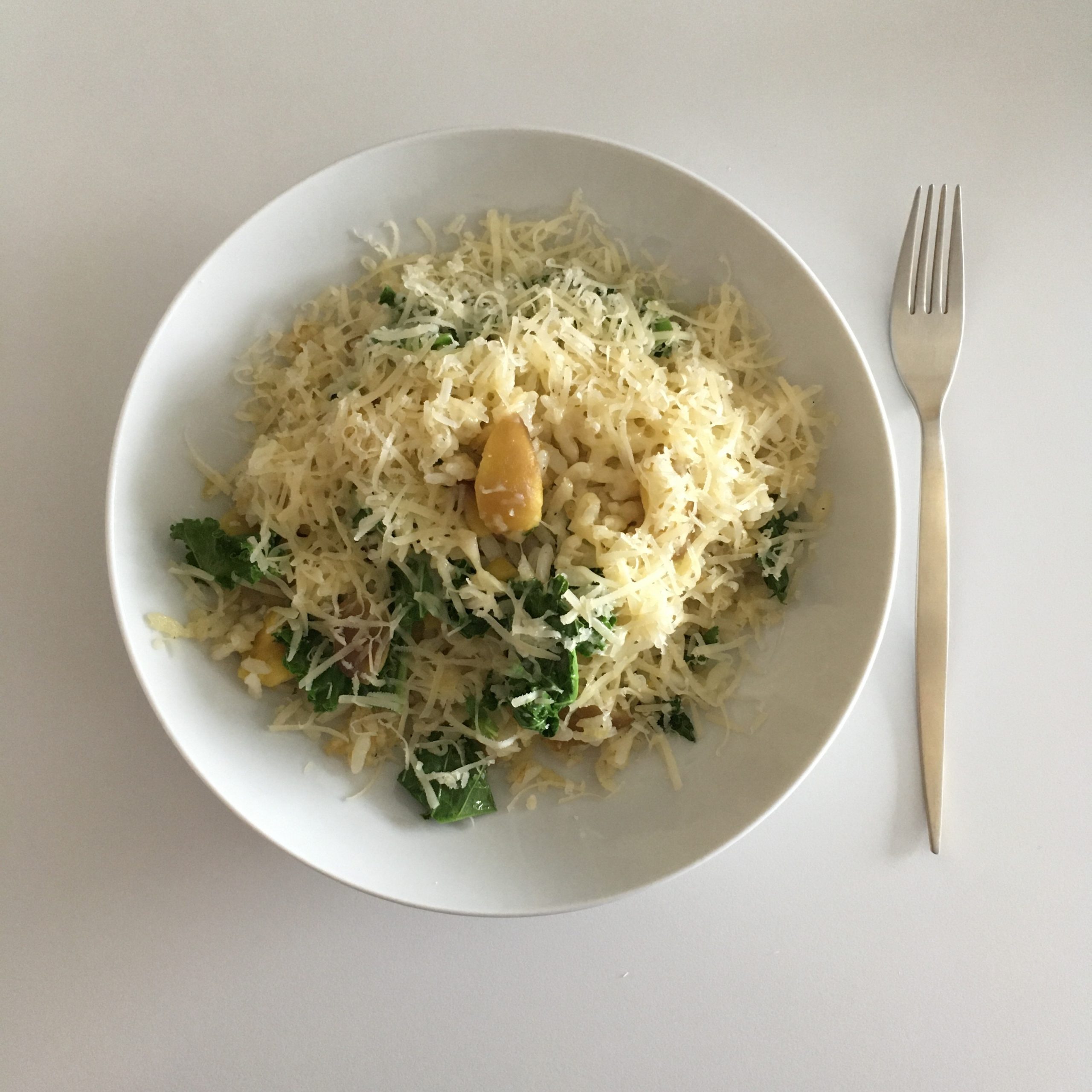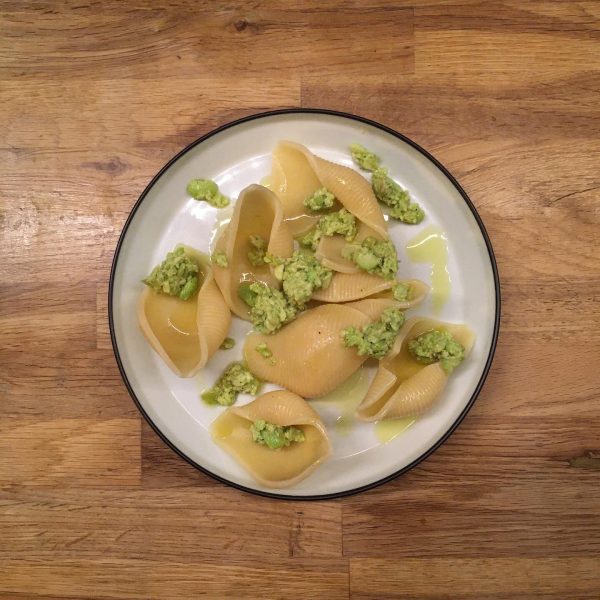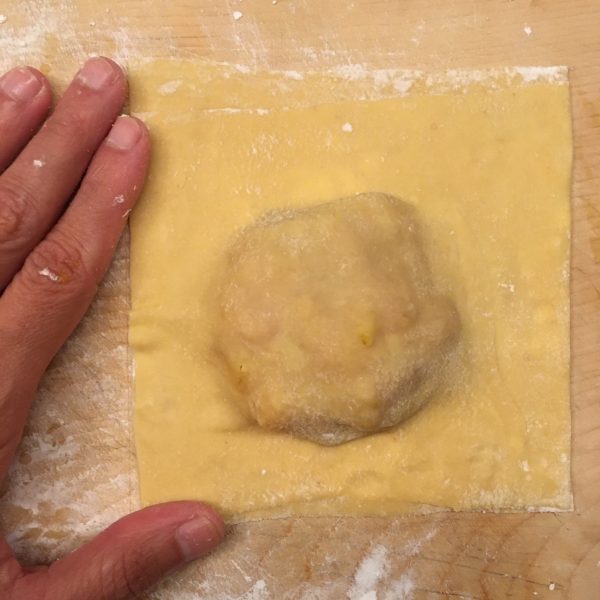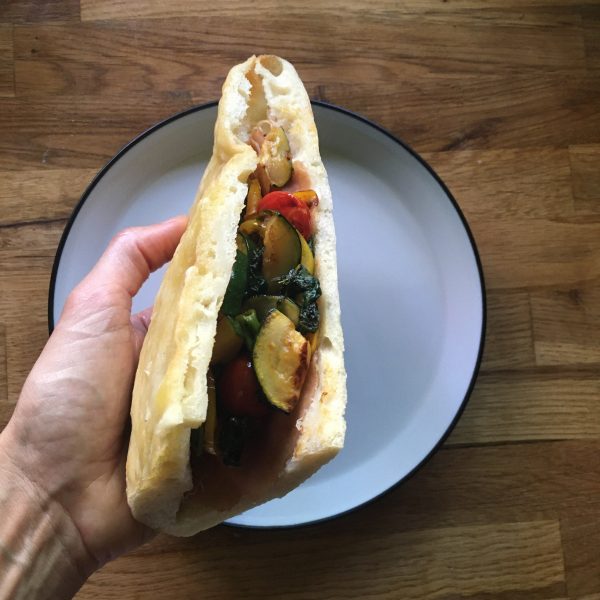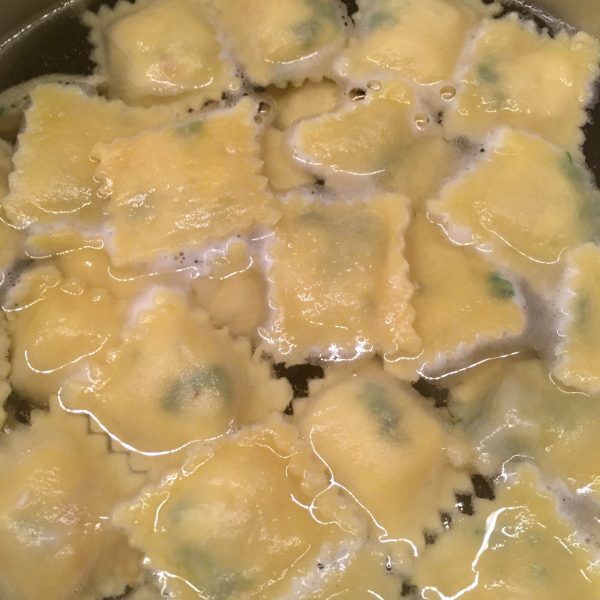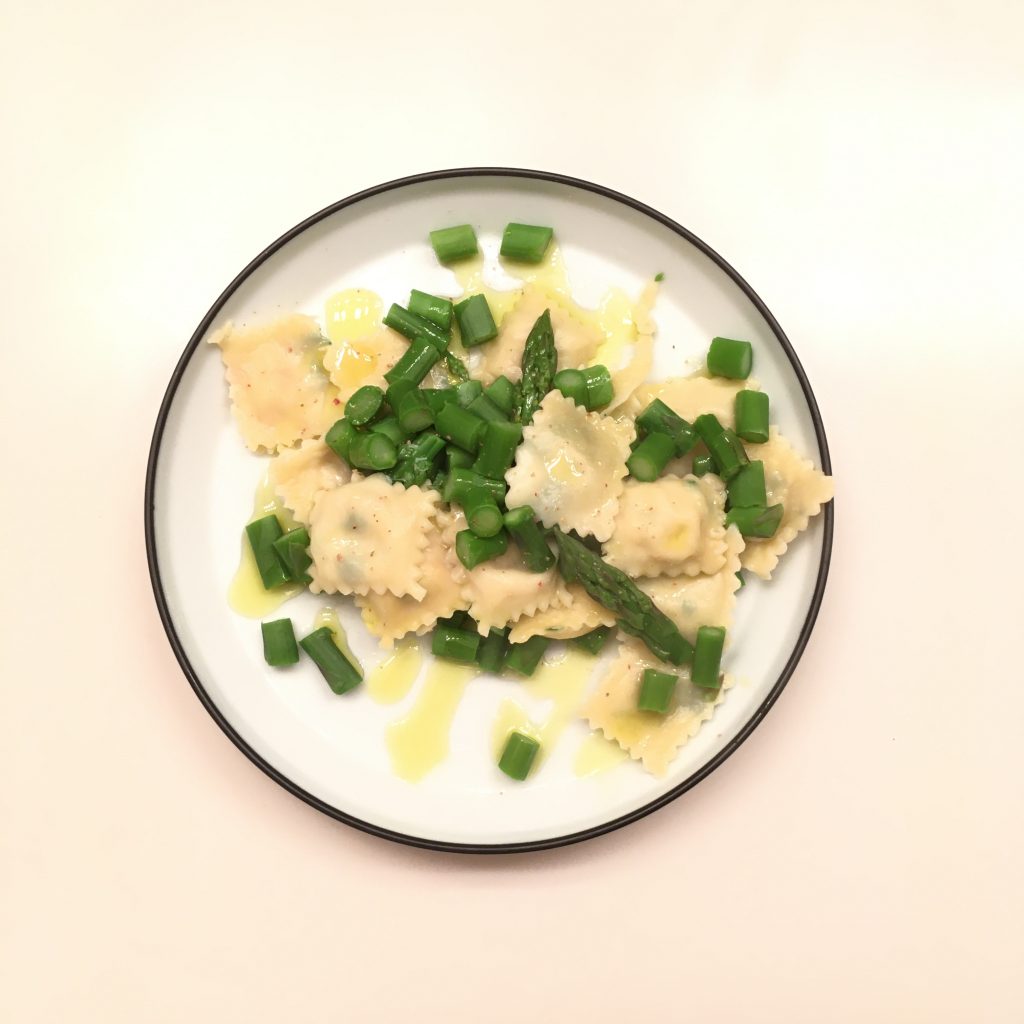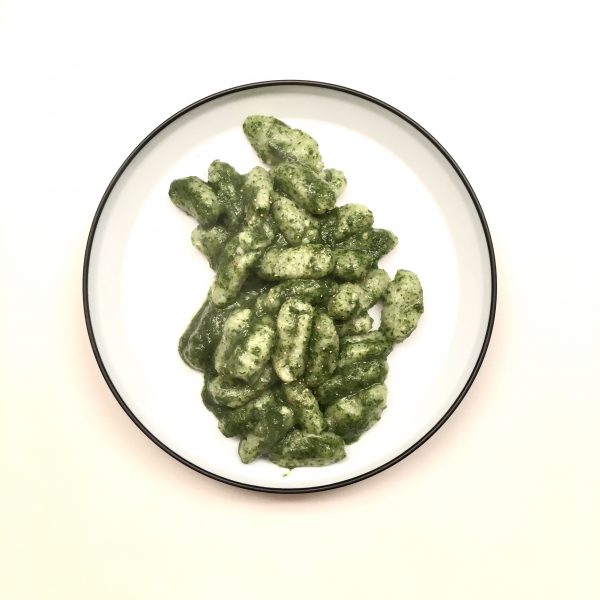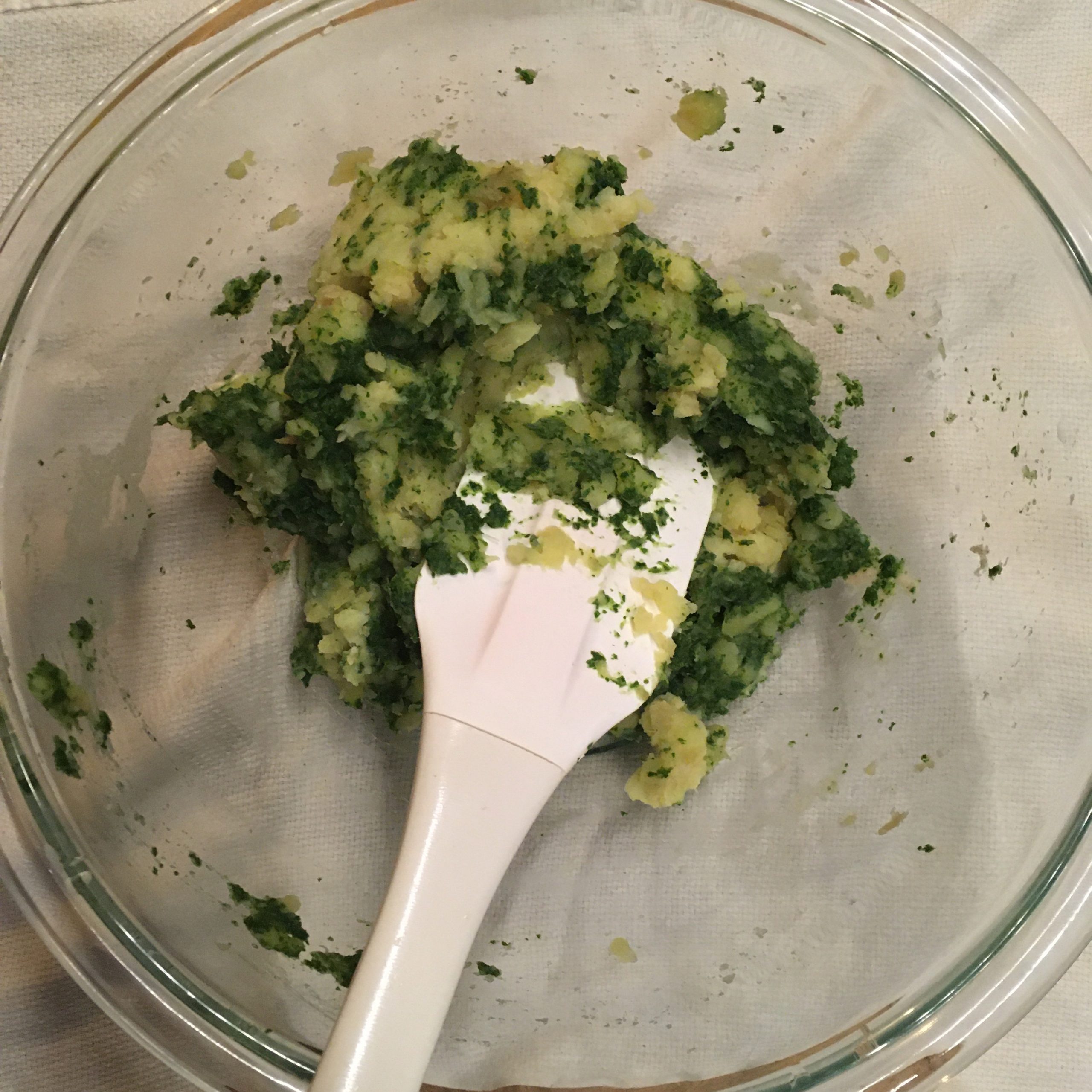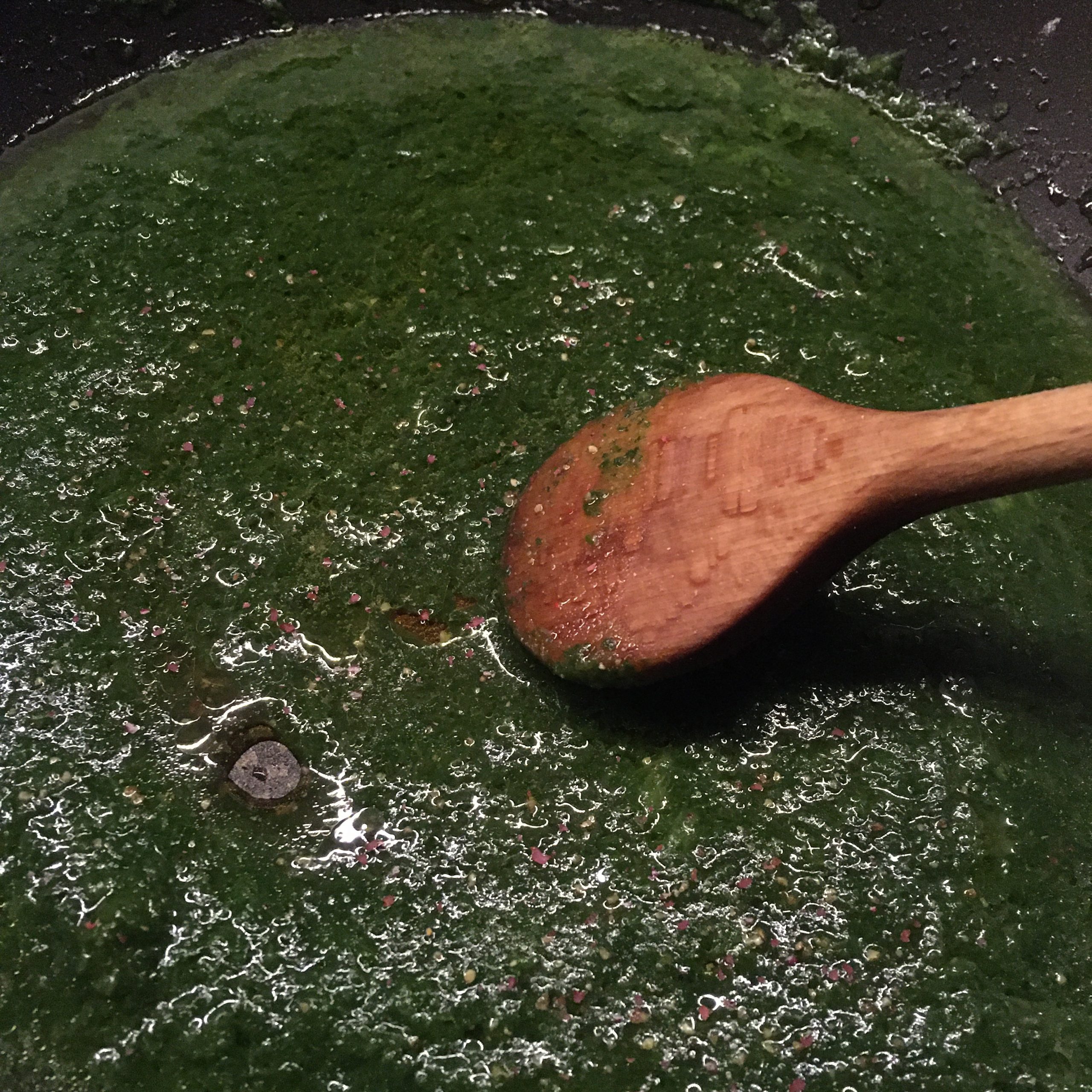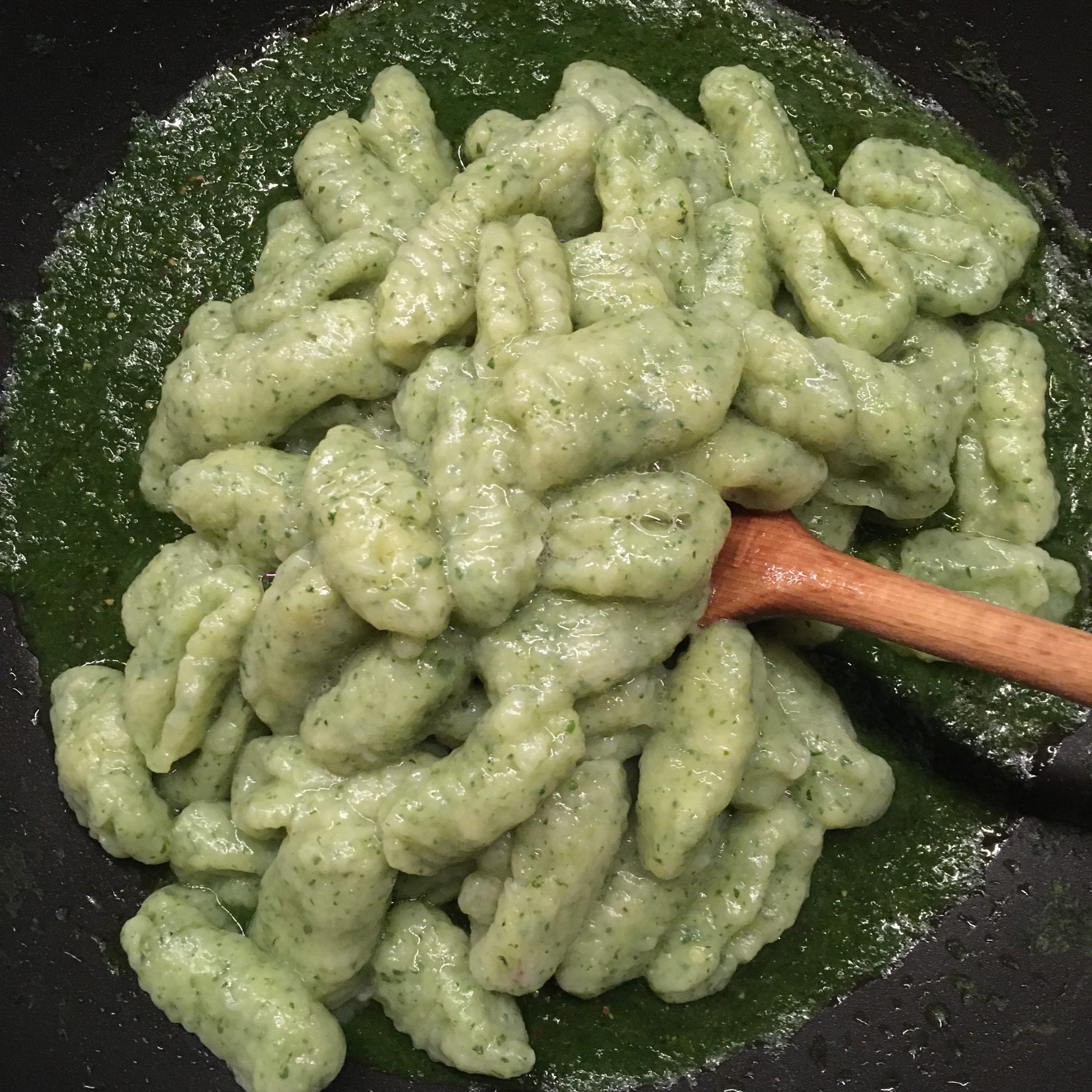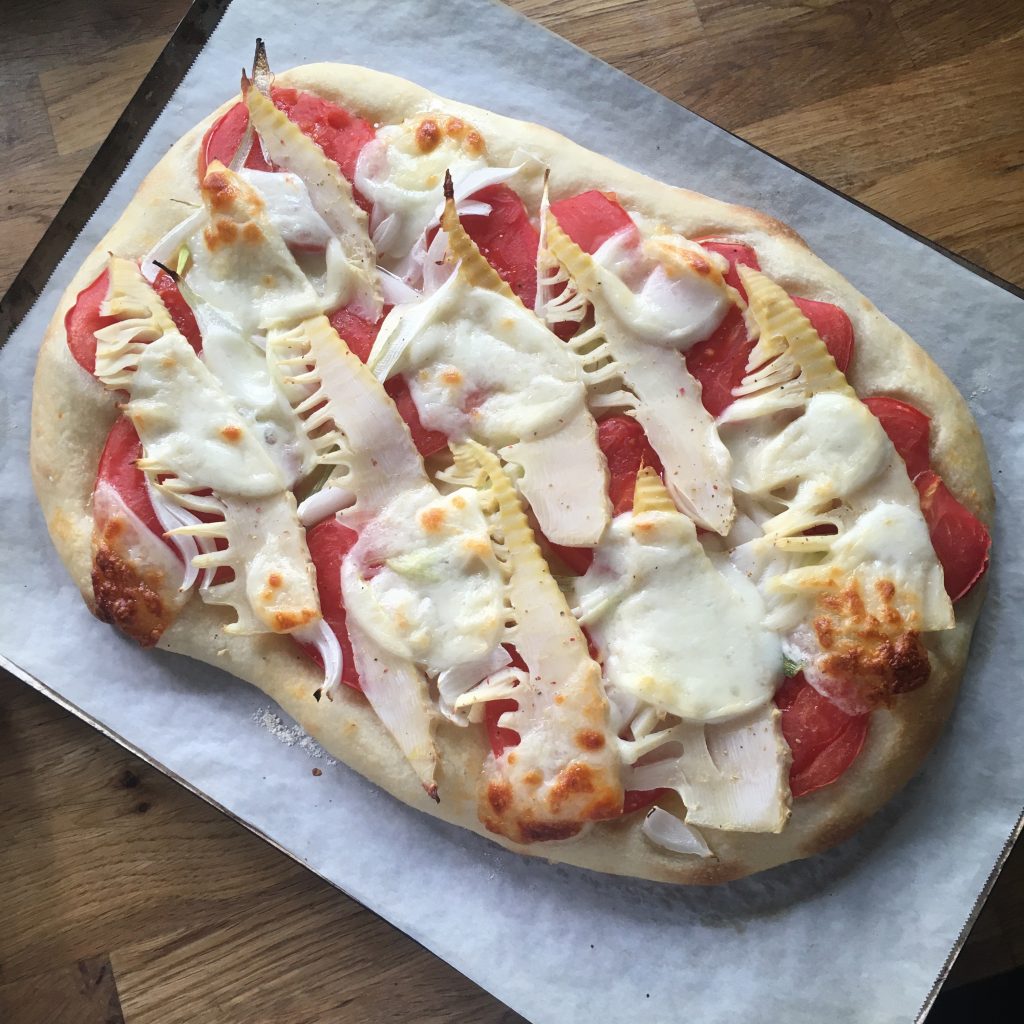This year, after many ideas and discussions of places we could go for the holidays and my birthday, we opted for a short road trip to the coast of Kanagawa and Shizuoka. Plenty of blue ocean and blue skies and views of Mount Fuji from every single angles (we ended up making a 360 around it).
Our trip was more or less planned, we usually like improvisation, but more and more places, since the pandemic, operate on a reservation-only, so it is best to schedule a little if you want a good lunch, a visit to a must-see museum… but luckily there are still many places that welcome visitors on the spot too.
Our trip took us to Kamakura, Oiso, Atami and Fujinomiya.
In Kamakura, we always use the bike share service Hello cycling. There are many stations all over from Kamakura, to further down the coast. Beware that more than often the batteries of the electric bicycles are not charged enough so they will let you down at some point!!! Not funny given that the bicycles are twice or thrice the weight of regular ones and it can be pretty hilly…
In Kamakura we really like the museum of modern art. (We also love the one in Hayama too) It’s located right on the left side of Hachimangu. It’s a small uncrowded museum, with exhibitions that are usually very well curated and would take about one hour to visit.

If you want to get lost in crowds, climb up to Hachimangu, you’ll get to mingle in big crowds, and honestly I’ve never understood why people come to visit. In its present form, this not the kind of sanctuary that I personally enjoy. However, the Great Buddha is always worth a visit. It is crowded but it’s so majestic that it invites for peace and quietness.


Going down the coast, in Oiso we visited former prime minister Yoshida’s residence. The garden is quite old and features a few beautiful plum trees. The house is rather recent, with some beautiful material. If you like history of Japan it also has some interest. And the view of Mount Fuji is beautiful.
Down further south, advanced reservation only, is the Enoura observatory. It was in my list of places to visit since it opened in 2017 but never managed to be in the program… we haven’t been much in the area in the past 10 years. On a good weather day it is a dramatic place to visit with stunning views and some stones collection (yes you read well) and sculptures exhibited outdoors. And you navigate in a citrus grove, typical of the area. On a bad weather day, I am less sure it would be worth going though… same in a very hot summer day.
The place kind of made me think about the “Contempt” villa. The blue sea and sky, the parallelepiped roof top… but in more contemporary version.
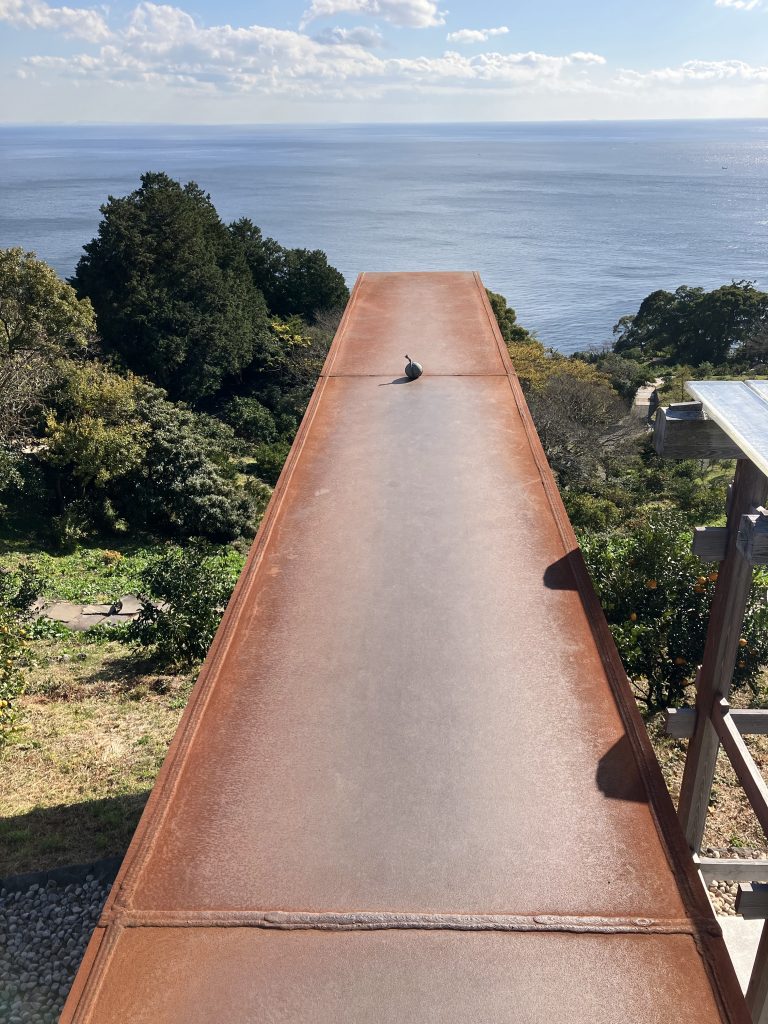

We also went to visit Odawara castle ground, with pines that could make me cry, so beautiful, so old. And in Atami the museum of art MOA, but I am not sure I would recommend it. Contrarily to the name could suggest, it’s a private museum. We had an awkward feeling while visiting it, in the way the exhibition was curated, and then realized that the founder was the guru of a sect, and we then understood the awkwardness…
Now let’s talk food.
While on a trip we would have a mix of simple food taken at the hotel (I am a master of hotel room minimal cooking) and restaurants. For once we had a rough plan and booked ahead a few restaurants worth the trip, and with stunning views on the ocean, so best for lunches.
Aroma mare アロママーレ in Atami was a great experience for Mediterranean cuisine and delicious homemade pizza in a small beautiful space. While a booking may not be necessary, they get full rapidly so if you want to secure a table…
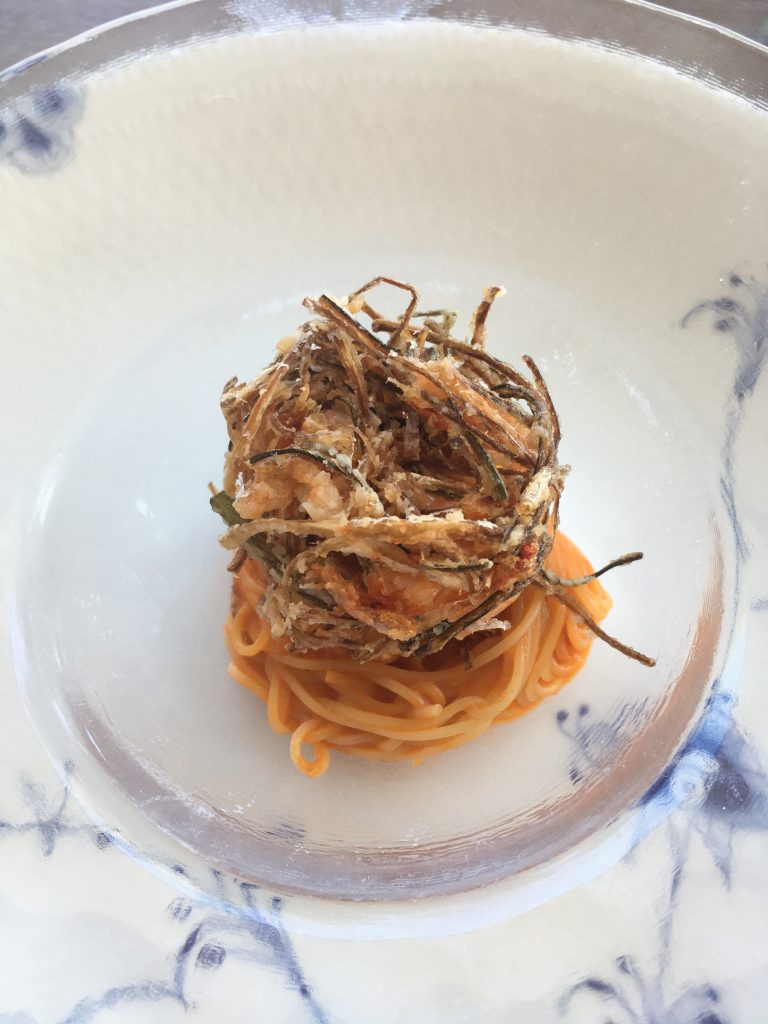
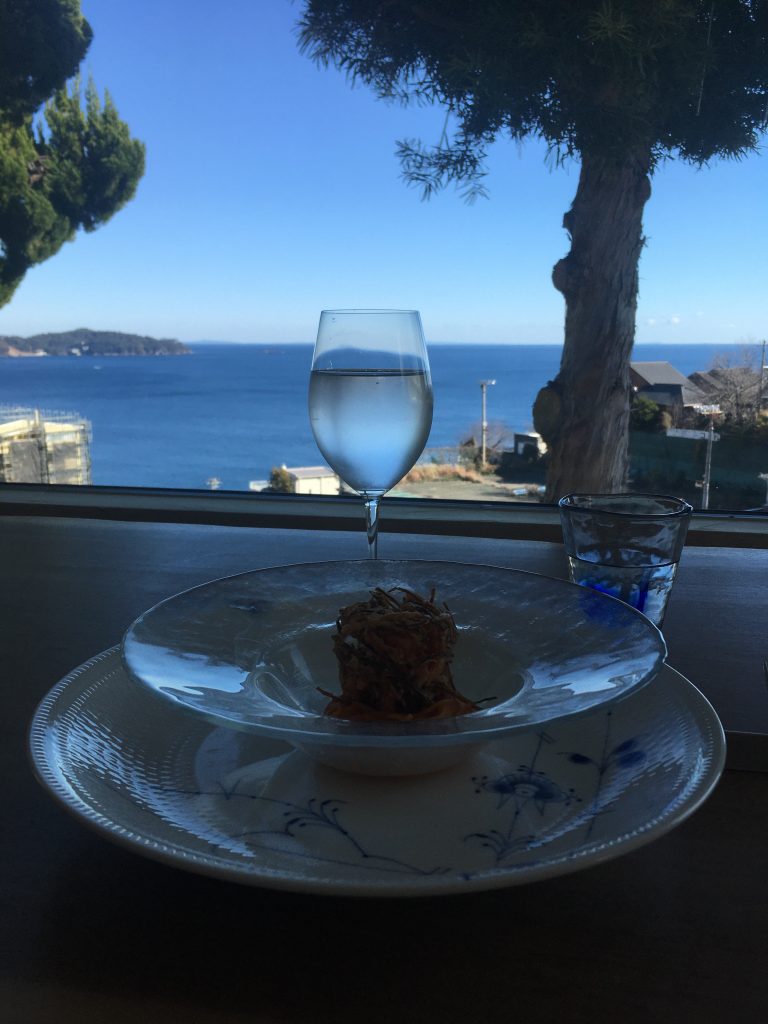

Girino in Ninomiya for Italian x Japanese food, course menu only, reservation only, also small restaurant with a do it all chef and beautiful wares.

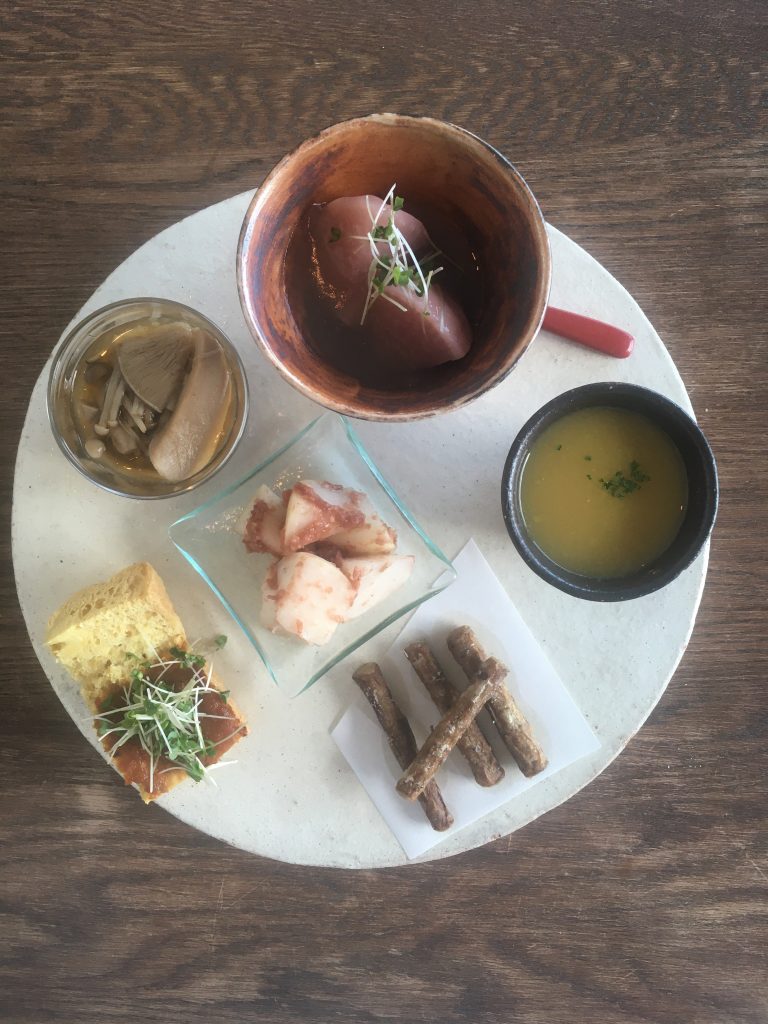
Amalfi della serra in Kamakura, has been our favorite place for dinner outdoors, we usually go there in early evening spring or summer when in Kamakura. You don’t go there for the food, though the pizza is good, but for the chill. After climbing up the narrow stairs behind the Enoshima line, up the hill, the terrace is just breathtaking. You travel to the Amalfi coast in a climb!

Figaro in Fujinomiya has something special to me, not only it’s a beautiful cafe at the foot of Mount Fuji, it’s owned and run by the Mine’s and they are also the parents of Fujinosuke and Kintaro, to of Pablo’s kitten we saved 7 years ago. Opened just recently, we thought we ought to visit for a sweet treat for my birthday, even though it wasn’t in the plan to go to Fujinomiya. Good jazz music, beautiful space, delicious sweets (very sweet!!!) and good coffee and macha latte. Fujinomiya looked like a sleeping city but the cafe was very busy! Yet we could have a good chat about food and gardening with A.. We couldn’t stay for a proper dinner, but A.’s cuisine is delicious (we had the chance to have lunch at her place once) and highly recommended.
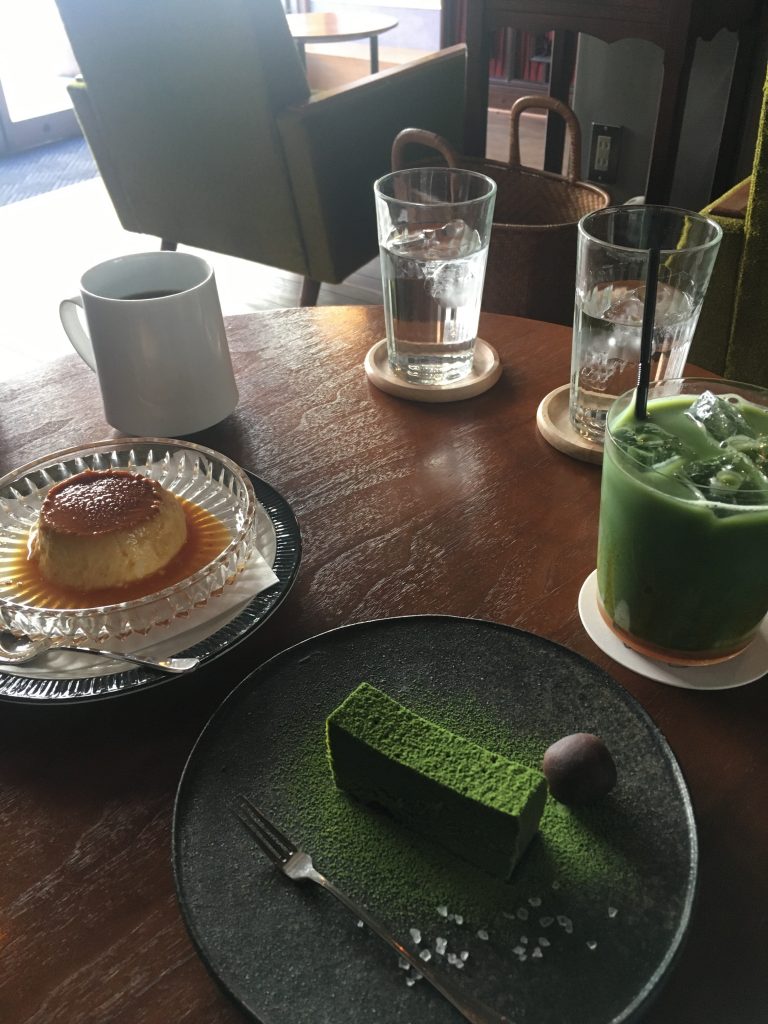
For casual Japanese food we also tried Hayase no himono in Odawara and chiffon cake for breakfast from the nearby Grit, where I had a nice chat with the owner-chef about the importance of cooking in copper pans.



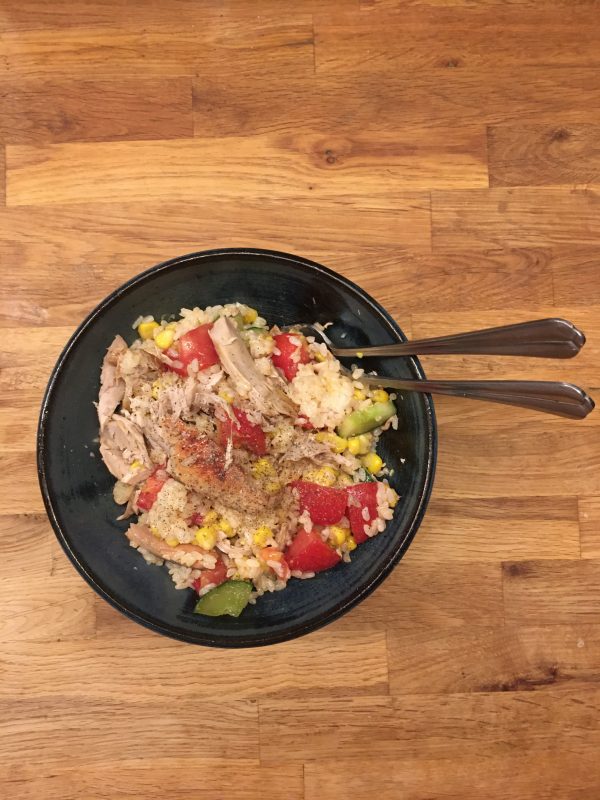
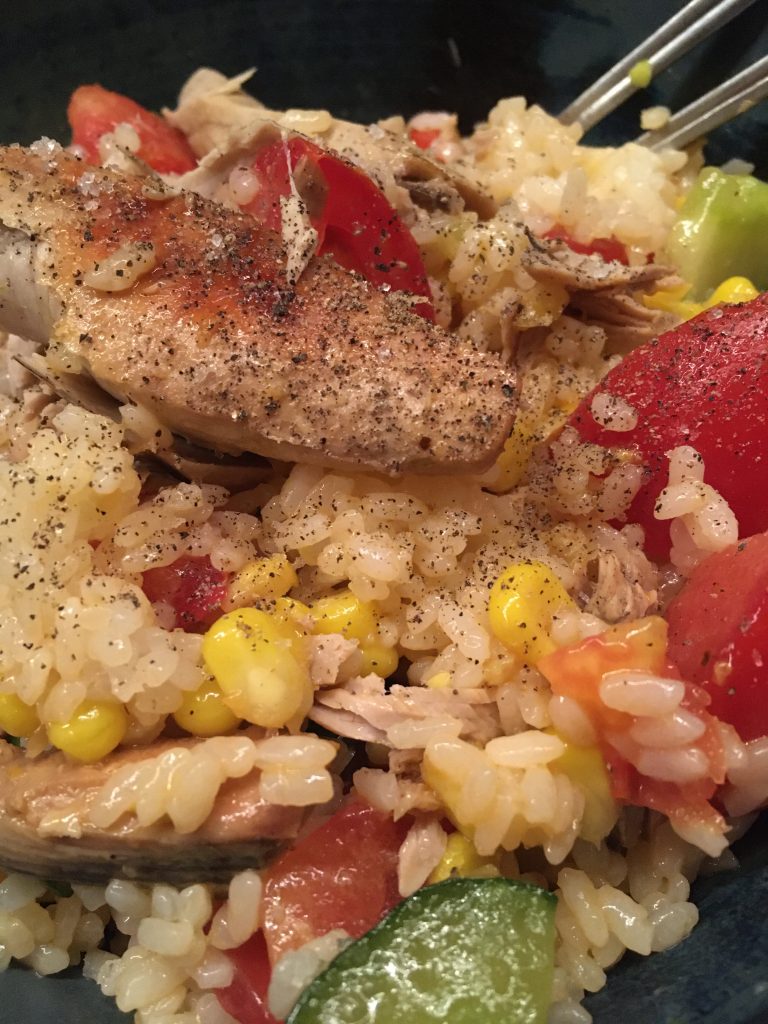
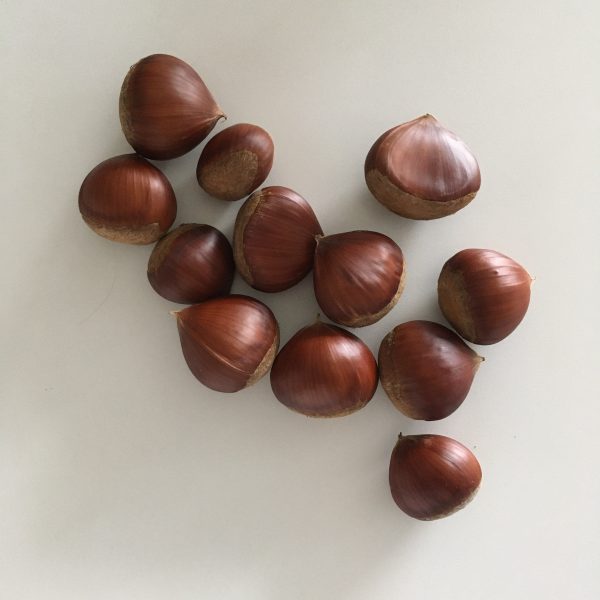
 …. Basically the same amount as usual… just enough for one or two meals.
…. Basically the same amount as usual… just enough for one or two meals.